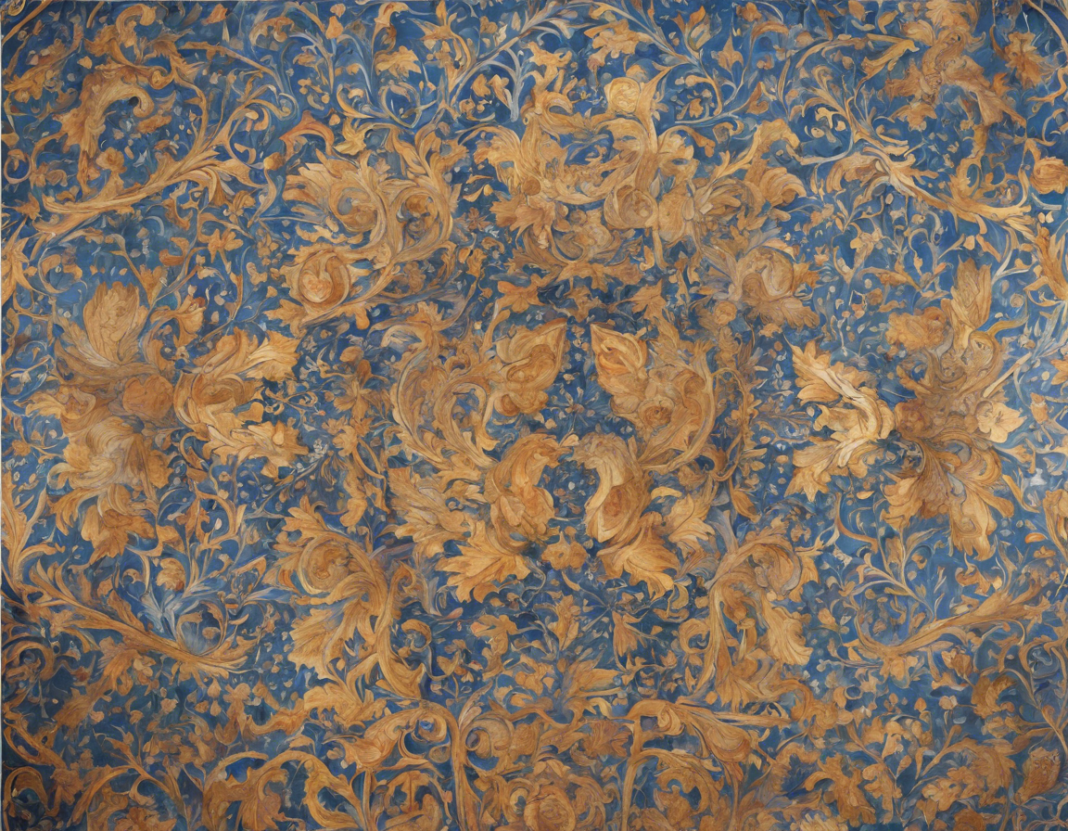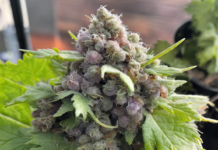Up in the northern region of Italy lies a hidden gem – Ravenna. Known for its rich history, stunning mosaics, and vibrant culture, Ravenna is a small city with a big impact. From the moment you step foot in this picturesque town, you are enveloped in a world of beauty and charm that is truly unmatched. In this article, we will take a deep dive into the wonders of Ravenna – from its history to its art and of course, its mouthwatering cuisine.
Unveiling the History of Ravenna
Ravenna has a history that dates back thousands of years, with roots in both the Roman and Byzantine empires. The city served as the capital of the Western Roman Empire in the 5th century AD, and later became the seat of the Byzantine Exarchate of Ravenna. This rich history is evident throughout the city, with ancient monuments and structures that have stood the test of time. The UNESCO World Heritage Sites in Ravenna, including the stunning mosaics of the Basilica of San Vitale and the Basilica of Sant’Apollinare in Classe, are a testament to the city’s cultural significance.
A Feast for the Eyes: Ravenna’s Artistic Treasures
Ravenna is a haven for art enthusiasts, with a treasure trove of artistic creations waiting to be explored. The city’s mosaics are world-renowned for their beauty and intricacy, showcasing scenes from mythology, religion, and daily life. The Mausoleum of Galla Placidia, with its celestial blue mosaics, is a must-see for any visitor to Ravenna. The city’s churches and basilicas are also adorned with stunning frescoes and paintings that offer a glimpse into the artistic prowess of the region.
Culinary Delights of Ravenna
No visit to Ravenna is complete without indulging in its exquisite cuisine. The region is famed for its fresh seafood, homemade pasta, and delectable pastries. Traditional dishes such as cappelletti in brodo (pasta filled with meat in broth), piadina romagnola (flatbread with various fillings), and strozzapreti al ragù (pasta with meat sauce) are sure to tantalize your taste buds. Be sure to sample the local Sangiovese wines and finish off your meal with a slice of ciambella, a classic Italian ring cake.
Exploring the Surroundings of Ravenna
While Ravenna itself is a treasure trove of history and culture, the surrounding region offers a plethora of attractions waiting to be discovered. The sandy beaches of the Adriatic Coast are just a short drive away, perfect for a day of relaxation by the sea. The quaint towns of Brisighella and Comacchio are also worth a visit, with their charming streets, historic buildings, and delectable food offerings.
Practical Information for Travelers
If you are planning a trip to Ravenna, here are some tips to make your visit as smooth as possible:
– The best time to visit Ravenna is during the spring or fall when the weather is mild and the tourist crowds are smaller.
– Be sure to wear comfortable shoes, as the city’s cobblestone streets can be challenging to navigate.
– Consider purchasing a combination ticket for Ravenna’s UNESCO sites to save money on entrance fees.
– Don’t forget to try a gelato from one of the many gelaterias scattered throughout the city – a perfect treat on a hot day.
Frequently Asked Questions (FAQs) About Ravenna:
-
What is Ravenna famous for?
Ravenna is renowned for its ancient mosaics, UNESCO World Heritage Sites, and rich history as the former capital of the Western Roman Empire. -
How many UNESCO World Heritage Sites are there in Ravenna?
Ravenna is home to eight UNESCO World Heritage Sites, including the Basilica of San Vitale, the Mausoleum of Galla Placidia, and the Basilica of Sant’Apollinare in Classe. -
What is the best way to get to Ravenna?
Ravenna is easily accessible by train from major cities such as Bologna and Florence. The city also has a small airport, although most visitors opt to arrive by train or car. -
What traditional dishes should I try in Ravenna?
Some must-try dishes in Ravenna include cappelletti in brodo, piadina romagnola, strozzapreti al ragù, and ciambella. -
Is it worth visiting Ravenna for a day trip?
While a day trip to Ravenna is possible, it is highly recommended to spend at least a couple of days in the city to fully explore its attractions and immerse yourself in its culture. -
Are English speakers common in Ravenna?
While Italian is the primary language spoken in Ravenna, many locals working in the tourism industry speak English, especially in hotels, restaurants, and tourist sites. -
What is the weather like in Ravenna?
Ravenna experiences a Mediterranean climate, with hot summers and mild winters. The best times to visit are during the spring and fall when the weather is pleasant for exploring the city. -
Are there any festivals or events in Ravenna worth attending?
Ravenna hosts several cultural events throughout the year, including the Ravenna Festival (an annual music and arts festival) and the Mosaic Biennale, which showcases contemporary mosaic art. -
Can I visit Ravenna’s mosaics with a guided tour?
Yes, guided tours of Ravenna’s mosaics are available and are highly recommended for a deeper understanding of the history and artistry behind these ancient treasures. -
Is it safe to travel to Ravenna?
Ravenna is a relatively safe city for tourists, with low crime rates and a welcoming atmosphere. As with any travel destination, it is always advisable to stay vigilant and aware of your surroundings.
Ravenna is a destination like no other, where history, art, and gastronomy come together to create a truly unforgettable experience. Whether you are a history buff, an art enthusiast, or a food lover, Ravenna has something to offer for everyone. So pack your bags, immerse yourself in the magic of Ravenna, and let the city’s charm captivate your soul.









